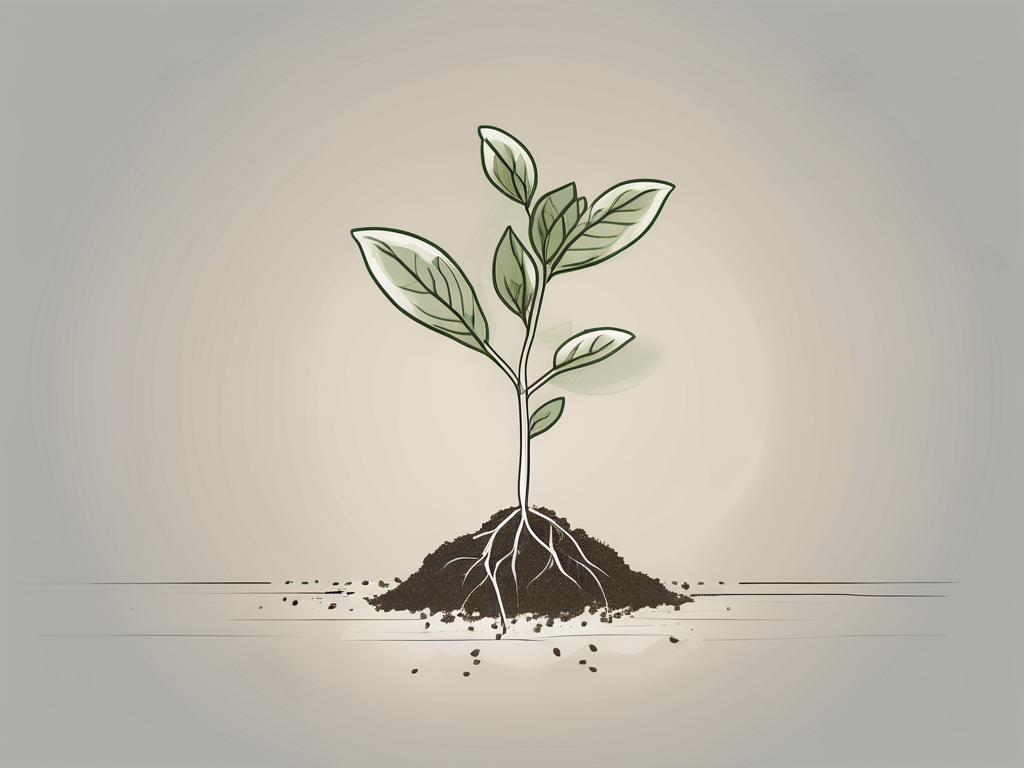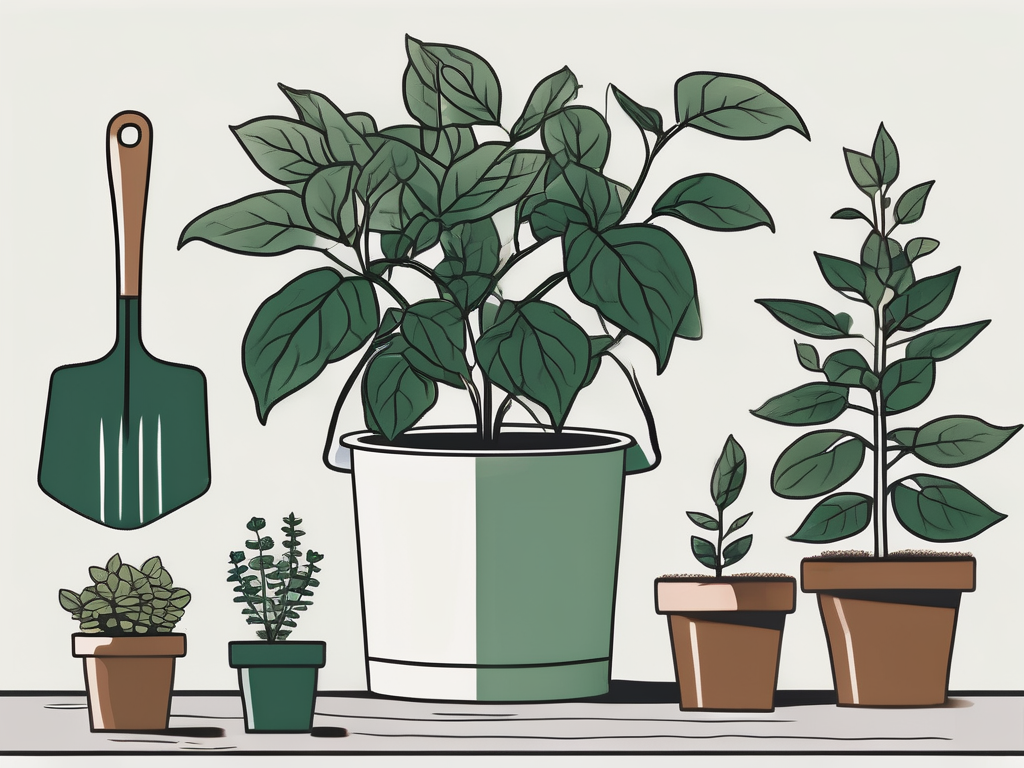
So, you've got a kalanchoe plant, and you're looking to expand your collection without breaking the bank? Propagating your kalanchoe at home might just be the best way to do that. It's an enjoyable process that not only fills your home with more greenery but also gives you a deeper connection with your plants. Plus, who doesn't love a little plant science experiment in their own home?
In this guide, we'll walk through the steps of propagating your kalanchoe, from choosing the right tools to planting those new baby plants. Whether you're a seasoned plant lover or just dipping your toes into the world of propagation, you'll find something useful here. Let's dig in!
Understanding Kalanchoe: A Quick Overview
Before we start, let's chat about what makes the kalanchoe such a fantastic plant to propagate. Native to Madagascar, this succulent is known for its fleshy leaves and clusters of vibrant flowers. They're low-maintenance and thrive in a variety of conditions, making them perfect for both beginners and seasoned plant parents alike.
What makes kalanchoe particularly appealing for propagation is its ability to root from both cuttings and leaves. This means you have a couple of options when it comes to multiplying your collection. The most common species you'll find are Kalanchoe blossfeldiana and Kalanchoe tomentosa (also known as the Panda Plant), each offering unique beauty to your indoor garden.
Having a basic understanding of your plant's needs will help ensure successful propagation. Kalanchoe thrives in bright, indirect sunlight, and prefers well-draining soil. Overwatering can be a common issue, so it's best to let the soil dry out between waterings. Keep these preferences in mind as we move forward.
Choosing the Right Time for Propagation
Timing can play a big role in the success of your propagation efforts. The best time to propagate kalanchoe is during its active growing season, which typically runs from spring to early summer. This is when the plant is naturally geared towards growth, giving your cuttings the best chance to root and thrive.
While it's entirely possible to propagate at other times of the year, doing so during the growing season generally yields quicker and more reliable results. Plus, you'll find that your plant is more forgiving during this time, making it easier for both you and your kalanchoe to handle the process.
If you notice your kalanchoe looking a bit tired or stressed, it might be worth waiting until it perks up before attempting propagation. A healthy mother plant will give you healthier cuttings, which in turn will lead to more successful new plants.
Gathering Your Tools and Materials
Before you get started, you'll need to gather a few essential tools and materials. Don't worry—most of these items are likely already lying around your home or garden shed.
- Pruning Shears or Scissors: Ensure they're clean and sharp to make precise cuts.
- Potting Mix: A well-draining mix, preferably formulated for succulents or cacti.
- Pots or Containers: Small, with drainage holes.
- Rooting Hormone (Optional): This can help speed up the rooting process, but it's not strictly necessary.
- Gloves: To protect your hands, especially if your plant has sharp edges or if you're sensitive to sap.
Having everything ready before you start will make the process smoother and more enjoyable. Plus, it reduces the risk of letting your cuttings dry out while you're scrambling for a missing tool.
Preparing Your Kalanchoe for Propagation
Now that you've got your tools, it's time to prepare your kalanchoe for propagation. Start by selecting a healthy branch or leaf. Look for sections that are free of disease or pests, as these will provide the best chance of success.
If you're using cuttings, choose a stem that's at least a few inches long, with a couple of leaves attached. For leaf propagation, pick a healthy leaf, ensuring it's not damaged or torn. It's always a good idea to make a few extra cuttings or selections, just in case some don't take.
Once you've chosen your cuttings or leaves, make a clean cut using your scissors or shears. If you're working with stems, aim to cut just below a leaf node, as this is where roots are most likely to form. For leaves, gently twist and pull them from the stem, ensuring you get the entire leaf without breaking it.
Allowing Cuttings to Callus
This might sound like a step you can skip, but allowing your cuttings to callus is crucial. Once you've made your cuts, set them aside in a dry, warm place for a few days. This allows the cut ends to dry out and form a callus, which helps prevent rot when you eventually plant them.
Think of it like a scab forming on a cut—it's nature's way of protecting the plant. Without this step, your cuttings might absorb too much moisture and become susceptible to disease.
The callusing process usually takes about 3-5 days, but it can vary depending on the humidity and temperature of your environment. Be patient, and resist the urge to plant them too soon.
Planting Your Kalanchoe Cuttings
Once your cuttings have callused, it's time to plant them. Fill your chosen pots with the well-draining potting mix, leaving a bit of room at the top. If you're using rooting hormone, dip the callused end of each cutting into the powder before planting.
For stem cuttings, make a small hole in the soil with your finger or a pencil, and gently place the cutting in, ensuring the node is covered. For leaf propagation, simply lay the leaf on top of the soil or slightly press it in, being careful not to bury it completely.
After planting, give the soil a light misting with water. You want it to be slightly damp, not soaking wet. Then, place your pots in a location that receives bright, indirect light. Direct sunlight can be too intense at this stage and may hinder root development.
Caring for Your New Kalanchoe Plants
With your cuttings planted, the focus now shifts to care and patience. Watering is a crucial consideration—it's better to underwater than overwater at this stage. Allow the soil to dry out completely between waterings to prevent rot.
Keep an eye on your cuttings for any signs of distress, such as wilting or discoloration. These could indicate overwatering or insufficient light. Making small adjustments to their environment can make a big difference in their health.
After a few weeks, you should start to see new growth, which means roots are establishing themselves. This is an exciting time, and it’s a good sign that your new plants are on the right track!
Transplanting and Long-Term Care
Once your plants have established roots and are starting to show new growth, it's time to think about transplanting them into larger pots. This gives the roots more room to expand and helps promote further growth.
Choose a pot that's slightly larger than the current one, and fill it with fresh, well-draining potting mix. Carefully remove the plant from its original container, being gentle with the roots. Place it in the new pot, fill in around it with soil, and give it a light watering.
Going forward, care for your new kalanchoe as you would the parent plant. Provide plenty of indirect sunlight, water sparingly, and enjoy the beauty it brings to your home. With a little love and attention, your propagated kalanchoe will thrive and perhaps be ready for propagation of its own someday!
Common Issues and Troubleshooting
Even with the best intentions, propagation doesn't always go as planned. Here are a few common issues and how to troubleshoot them:
- Rotting Cuttings: If your cuttings start to rot, it's likely due to excess moisture. Ensure your soil is well-draining and that you're not overwatering.
- Failure to Root: This can happen if the cuttings weren't healthy to begin with or if they didn't callus properly. Try using a rooting hormone next time to encourage root growth.
- Wilting or Discoloration: Check that your plants are receiving enough light and aren't exposed to drafts or extreme temperatures.
Remember, propagation is as much an art as it is a science. Sometimes things won't work out, and that's okay. Use each experience as a learning opportunity, and don't be afraid to try again.
Final Thoughts
Propagation can be a fun and rewarding way to grow your plant collection while learning more about your kalanchoe. From selecting the right time and tools to caring for your new plants, each step is an opportunity to connect with nature and enjoy the beauty of growth.
At Cafe Planta, we're passionate about helping you care for your plants. We offer a wide selection of houseplants and accessories, and we're here to answer any questions you might have. Feel free to email us or reach out via Instagram. Whether you're just starting your plant journey or looking to expand your collection, we're excited to share our love of plants with you!












